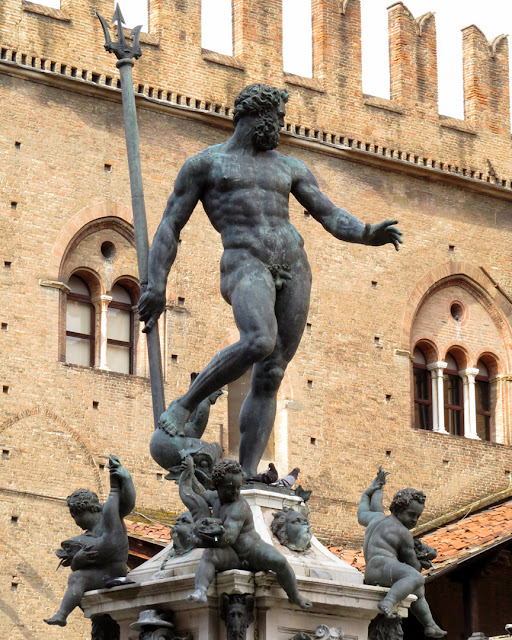Cosimo I Photo Sculpture
Bienvenue sur le blog tirzaht.blogspot.com. Je vais vous donner une image de sculpture avec une qualité HD. Sculpture de glace, statue en bois, sculpture en pierre, sculpture de jardin et autres.
La sculpture est la branche des arts visuels qui opère en trois dimensions. C'est l'un des arts plastiques. Processus sculpturaux durables utilisés à l'origine sculpture (enlèvement de matière) et de modélisation (ingrédients, tels que l'argile), dans la pierre, métal, céramique, bois et autres matériaux, depuis le modernisme, il y a presque liberté de matériaux et de processus. Une grande variété de matériaux peut être travaillée par extraction, telle que la sculpture, l'assemblage par soudage ou modelage, ou le moulage ou la coulée.�This statue follows the Classical Roman tradition of Equestrian statues as the monument to a ruler's power, evident from the Statue of Marcus Aurelius in ancient Rome and the Regisole in Ferrara, and continued in the Renaissance by examples such as Donatello's Statue of Gattamelata (1453) in Padua and Verrocchio's Statue of Bartolomeo Colleoni (1488) in Venice. This monument was commissioned by Cosimo's son Ferdinando I from the sculptor Giambologna, who also completed the Rape of the Sabines in the adjacent Loggia dei Lanzi. The Cosimo statue stands in front of the north corner of the Palazzo della Signoria, the northernmost of the row of statues, adjacent to the Fountain of Neptune (1563) by Ammannati, that had been commissioned by Cosimo himself. Together this duo celebrates the land and sea ambitions of Cosimo. The base of the statue has reliefs with scenes from the life of Cosimo, including his coronation in Rome as Grand-Duke in 1570 and his entrance into Siena as a ruler (1557) after his victory over that republic. The posture of the trotting horse in this statue is similar to those of prior statues, with right leg raised, however unlike Marcus Aurelius, Cosimo uses stirrups and his horse shows the restraint of the bridle, albeit without much tension. Cosimo, like Gattemalata, holds a military baton, armor, and sheathed sword.� (Equestrian Monument of Cosimo I, Wikipedia)




Comments
Post a Comment